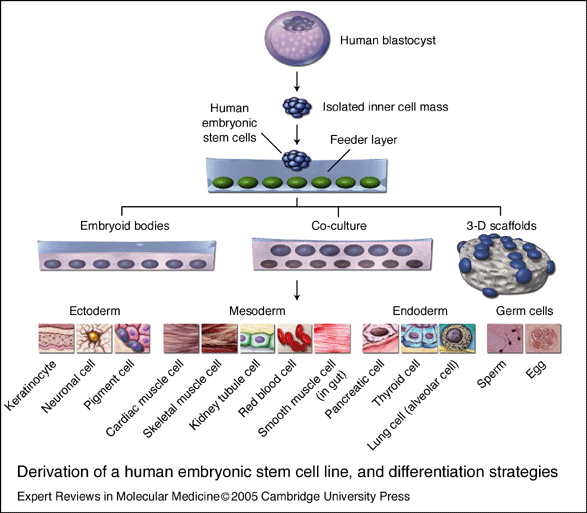
History
1500 BC-Ants are attracted to the urine of people with a mysterious disease which makes the person feeling extremely weak and makes them thin. Ancient Hindu writings record this. (Citation 3)
500 BC-First description of sugar being present in the urine and it's occurence explains diabetes more clearly. (Citation 3)
250 BC-Appollonius of Memphis was credited with inventing the term "Diabetes" which means to go through, meaning that the disease drains patients of more water than they are able to drink. (Citation 3)

Female prior to insulin discovery
Female after insulin discovery

(Photo 8)

1st Century AD-Greeks characterize diabetes as "a melting of the flesh and limbs into urine."(Citation 3)
164 AD-Galen of Pergamum, a Greek physician describes diabetes as a kidney ailment (Citation 3)
Up to 11th Century-The theory is that urine is sweet tasting, thus there were "water tasters," who tasted the urine of those who were thought to be diagnosed with diabetes. Mellitus was added to the term diabetes because it is the Latin word for "sweet." (Citation 3)
1552 BC-Physician Hesy-Ra mentions frequent urination as a symptom of diabetes. This was recorded on a 3rd Dynasty Egyptian papyrus, which is the earliest known record of diabetes. (Citation 3)

(Photo 39)
(Photo 38)
(Photo 9)
1776-A substance having the appearance of brown sugar and taste when diabetic urine evaporates was discovered by Dobson. He notices the distinction between Type 1 and 2 Diabetes by noticing that some people with diabetes die in less than 5 weeks and in some are just a chronic condition. (Citation 3)
1797-1798-Rollo attempts to implement a new dietary approach to help diabetics by only allowing them to eat fat and protein, since he noticed excess sugar in the urine after the consumption of starchy foods. He also documents an overabundance of sugar in the blood and urine. (Citation 3)
Early 1800s-First chemical tests to indicate the presence of sugar in the urine is discovered. (Citation 3)
Early 1848-Findings by Bernard that glycogen is produced by the liver, which is thought of to be the same sugar as found in the urine of diabetics. This was the first connection between the glycogen metabolism and diabetes. (Citation 3)
1869-Langerhans, a German medical student finds that there are two type of pancreatic cells: cells that produce pancreatic fluids and other cells whose function is unknown at the time. Later on, these unknown cells are found to be insulin secreting cells called the Islets of Langerhans. (Citation 3)
1870s-French physician, Bouchardat noticed the decreased amount of sugar in the urine of his diabetic patients. These patients were affected by the food rationing in Paris during the Franco-Prussian War. (Citation 3)

(Photo 40)

(Photo 41)


(Photo 42)


(Photo 43)
(Photo 44)

(Photo 47)
1978-Stem cells were first discovered in human cord blood (Citation 27)
(Photo 45)
1921-Insulin was first discovered, when Frederick Banting and Charles Best conducted a series of experiments in a laboratory at the University of Toronto, finding that Islet of Langerhans cells from normal dogs could be injected into diabetic dogs to relieve them to normalcy. In 1922, a diabetic, named Leonard Thompson from a Toronto Hospital received the first insulin injection.(Citation 11)
1998-Thompson, from the University of Wisconsin, isolated stem cells from the inner cell mass and he developed the first embryonic cell lines. (Citation 27)
1981-The first in vitro stem cell line was developed from mice (Citation 27)
2009-President Barack Obama issues an excecutive order to extend stem cell research (Citation 28)
